These pages may not present clearly on some small smartphone screens; please use a normal large screen on a desktop, laptop, or tablet in landscape mode. Thankyou.
© Robin Lovelock.

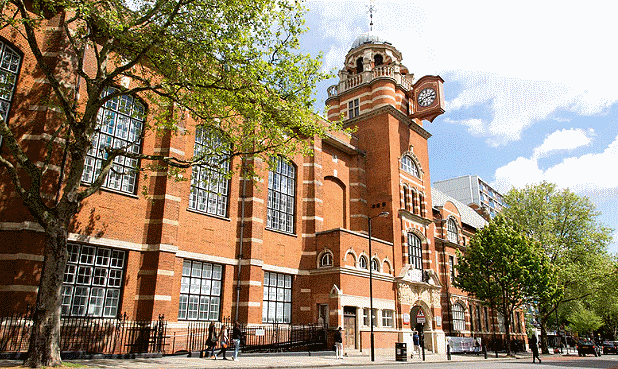
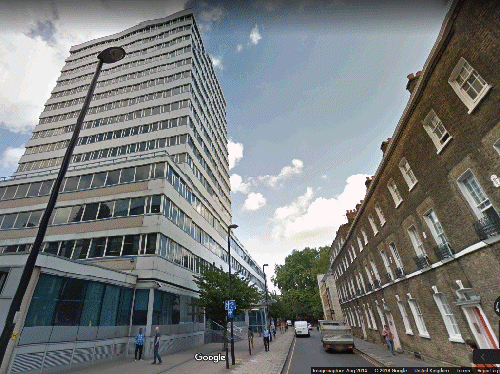
Robin Lovelock's Memories of
City University
with photos and memories of 1965-1969
- after some stuff from my "Home" page.
50th Aniversary in 2018 and 2019 - see at end :-)
Home .
About .
Contact .
GPS .
Downloads .
Business .
AVL .
Links .
History .
Family .
Holidays .
AsOnTV .
Snoopy
Links above, on all Robin's pages, take you to others. e.g. "Contact", "AsOnTV", "Snoopy".
Love and Strength to you all in 2019.
See Robin's
2018 Christmas Newsletter
and
Family
page :-)
This "City University" page was updated at 1815 Z/GMT/UT (1915 BST) on Friday 21st June 2019 UK time.
















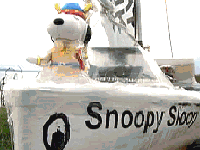
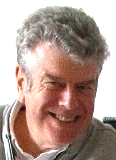 From Robin Lovelock:
I officially retired in 2012, but my wife June says that I retired 10 years before ! GPSS.co.uk began in 1995
for my GPS Software business - now a hobby.
Millions of copies of GPSS were distributed on PC Magazine CD.
10,600 + people in 150 countries contacted me then used GPSS.
SatNav was not easily available then, and GPSS did much more. e.g. RDF, AVL, and Chase.
GPSS speaks your language. e.g. Russian or Japanese.
Some of my pages are old, and some are updated.
e.g. Snoopy's attempts to cross the Atlantic from UK to USA, every year since 2012.
See
Snoopy's Robot Sailing Boat
or click on the changing picture to the right.
Since 2002, I maintain the
NHSCare.info Coughlan Campaign Charity site,
helping people in the UK to use the Law to get
free long term care from the NHS, and not have to pay for the care home.
I also have inside knowledge
into UK NHS mental health treatment.
See my
Grumpy
page, with my personal views on World events.
Much of GPSS.co.uk has changed little over more than 20 years.
Since I retired, I'm too busy for paid work.
Visit my
Bigger Picture
page, to see how we spend time.
e.g.
Hobbies
and
Holidays
:-)
From Robin Lovelock:
I officially retired in 2012, but my wife June says that I retired 10 years before ! GPSS.co.uk began in 1995
for my GPS Software business - now a hobby.
Millions of copies of GPSS were distributed on PC Magazine CD.
10,600 + people in 150 countries contacted me then used GPSS.
SatNav was not easily available then, and GPSS did much more. e.g. RDF, AVL, and Chase.
GPSS speaks your language. e.g. Russian or Japanese.
Some of my pages are old, and some are updated.
e.g. Snoopy's attempts to cross the Atlantic from UK to USA, every year since 2012.
See
Snoopy's Robot Sailing Boat
or click on the changing picture to the right.
Since 2002, I maintain the
NHSCare.info Coughlan Campaign Charity site,
helping people in the UK to use the Law to get
free long term care from the NHS, and not have to pay for the care home.
I also have inside knowledge
into UK NHS mental health treatment.
See my
Grumpy
page, with my personal views on World events.
Much of GPSS.co.uk has changed little over more than 20 years.
Since I retired, I'm too busy for paid work.
Visit my
Bigger Picture
page, to see how we spend time.
e.g.
Hobbies
and
Holidays
:-)


 I entered Defence Industry as an apprentice in the mid 1960s. Ferranti sent me to City University
for a B.Sc in Electrical & Electronic Engineering.
That's where I saw Dr Strangelove. I became a Systems Engineer, and work included Royal Navy ship software.
I worked for SHAPE as a NATO scientist through the 1970s, when GPS and the Internet were secret.
See
Robin's memories of STC and John Maniello
.
Our young family returned to the UK in 1981 and
I worked for
EASAMS
until starting our small
GPS Software business in 1994 - now a hobby.
In publicity about Snoopy's Robot Boat, the Press called me a "Retired NATO Scientist".
Perhaps that should have been "Mad Retired NATO Scientist" :-)
I entered Defence Industry as an apprentice in the mid 1960s. Ferranti sent me to City University
for a B.Sc in Electrical & Electronic Engineering.
That's where I saw Dr Strangelove. I became a Systems Engineer, and work included Royal Navy ship software.
I worked for SHAPE as a NATO scientist through the 1970s, when GPS and the Internet were secret.
See
Robin's memories of STC and John Maniello
.
Our young family returned to the UK in 1981 and
I worked for
EASAMS
until starting our small
GPS Software business in 1994 - now a hobby.
In publicity about Snoopy's Robot Boat, the Press called me a "Retired NATO Scientist".
Perhaps that should have been "Mad Retired NATO Scientist" :-)

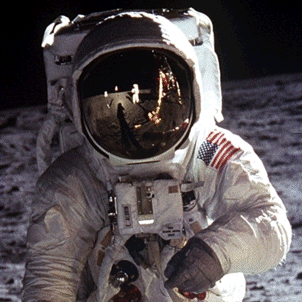 The photos below were from my last year, staying in the Hall of Residence.
The earlier years are discussed further below, along with memories of the Ferranti Pegasus
and FM1600B computers, used in City University's Electrical & Electronic Engineering Department.
Then, 50 years on, there are photos from the reunion events.
The photos below were from my last year, staying in the Hall of Residence.
The earlier years are discussed further below, along with memories of the Ferranti Pegasus
and FM1600B computers, used in City University's Electrical & Electronic Engineering Department.
Then, 50 years on, there are photos from the reunion events.
Lots could be put here, but let me mention watching Dr Strangelove for the first time,
projected on the wall, with plumbing in the picture. Also, watching the first man on the Moon live. How strange that both of these
would relate to my later years as a NATO Scientist and my
memories of SHAPE Technical Centre
.
Here are a few old photos I found, and memories, including a few student pranks.
But play that "Health Warning" video on the left. Don't do what we did - allegedly ! :-)
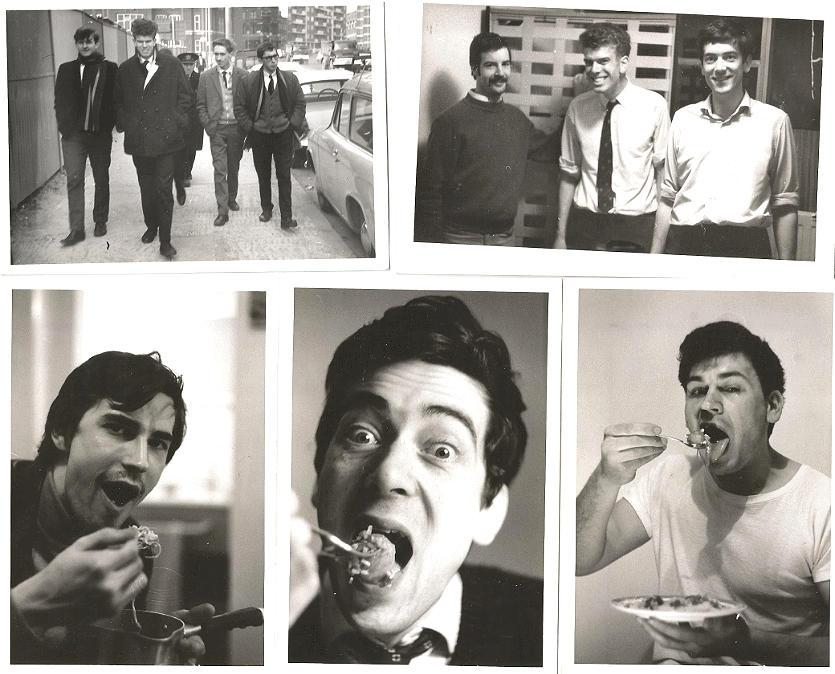
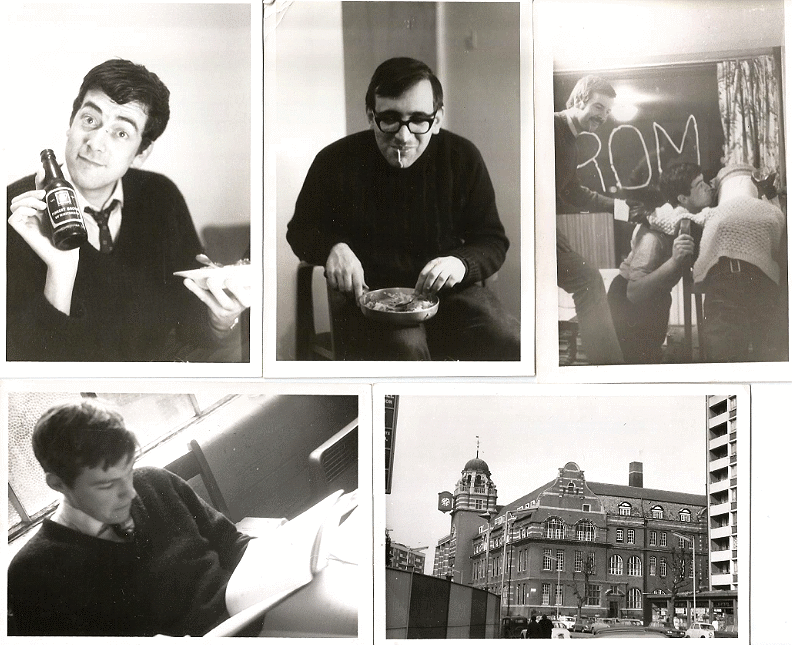

Some of Robin's memories ...


 The photos above were from my last year, staying in the Hall of Residence.
The earlier years are discussed further below, along with memories of the Ferranti Pegasus
and FM1600B computers, used in City University's Electrical & Electronic Engineering Department.
The photos above were from my last year, staying in the Hall of Residence.
The earlier years are discussed further below, along with memories of the Ferranti Pegasus
and FM1600B computers, used in City University's Electrical & Electronic Engineering Department.
Lots could be put here, but let me mention watching Dr Strangelove for the first time,
projected on the wall, with plumbing in the picture. Also, watching the first man on the Moon live. How strange that both of these
would relate to my later years as a NATO Scientist and my
memories of SHAPE Technical Centre and John Maniello
.

Student (Alleged) Pranks ... but first play short "Health Warning" video on left ! :-)
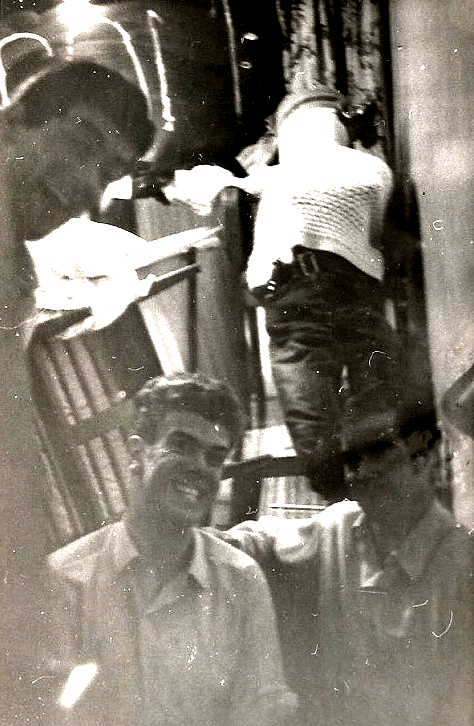
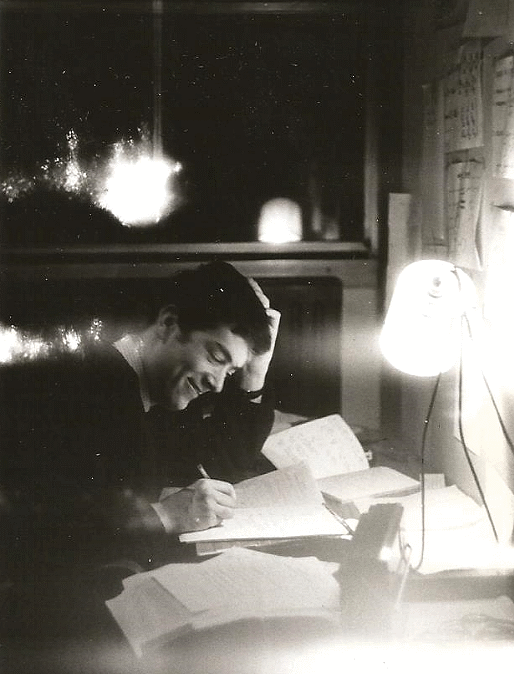 We student engineers used to "Work Hard and Play Hard".
We student engineers used to "Work Hard and Play Hard".
My most fond memories were the "Play" bit, such as a few pranks.
I'll be careful with names here, for many reasons: not least to protect the guilty.
Although some would prefer, for many reasons, not to have more than a first name.
50 years should be enough for these pictures to make identification difficult.
You may click on them to enlarge.
My dearest friend, during that last year in the Hall of Residence, was Steve Willis,
seen here studying in his room, and in other pictures above. The last time that I saw
him was in 1971, when he came to our engagement party, in Redwings Batchelor Flat in Crowthorne.
It was many years later that I learned he was no longer with us, having passed away not long after.
One of our friends shall be know here simply as "Rom". He was probably the greatest
and most daring of pranksters among us. Here is a list of (aleged) pranks, but I will
not attach blame to all. Students now: do NOT do anything similar in your home, or the Hall
of residence:
- Stand of the edge of the roof, 14 floors up, with a plastic dustbin of water, to pour down on your mates,
returning after midnight from a cafe in Smithfield's Meat Market.
- Throw a dustbin of water over the audience in the TV room on top floor, after tipping off your mates.
- Pour water under the door of your mates, busy at study, who forgot to block the gap with a bath towel.
- Turn on the fire hose on the top floor, to time how long the cascade takes to reach the ground floor,
signalled by the shouts from the Security Guard.
- Drop water bombs from upper floors, onto those passing below.
- Play fire hoses from upper floors onto the young boys from local slums, shouting taunts up.

- Throw snowballs at a cleaner, leaning out of a window, who has told you to sop collecting snow off his car roof.
- Put a sheet of cardboard, smeared with Evostick, into the lift, sent down to the ground floor,
to collect the Vice Chanceller, showing the Lord Mayor and guests around, and to his flat on the top floor.
- Roll coins down the long corridors, to see how far they go, and if they wake up anyone.
- Throw a bin of water over the top of a loo closet, if there is someone sat inside.
- Retaliate on a "Pranster King" by obtaing the key to his room, from the security guard,
using a plausible story, then go to the room while he is away. Do not proceed to "decorate" the room,
with things like his name, a life-sized dummy wearing his clothes, and then remove the door and
put it on the fire-escape.
- More in due course :-)
Below is from the
History
page. At City University, my final year projects were a syndicate study on Artificial Intelligence,
and a hardware/software project on a Ferranti Pegasus computer. City University Maths Department had got their new ICL1900 computer,
so gave the Electrical & Electronic Engineering Department the Pegasus. It was being used for monitoring experiments,
after a student added a parallel interface to it. My project was to interface a communications teletype to it; then
to write an interactive program. Ferranti gave me the Pegasus Handbook from their Library, and as many IC chips as I wanted :-)
Robin's memories of the Ferranti Pegasus, the World's first production digital computer ...
 from Robin in January 2013: I'll not change those words from many years ago, immediately above :-)
I recently found myself typing these words below, to another "old boy",
in the USA, who contacted me after hearing of my daft robot boat escapades.
It seemed a shame not to put them below, here on my "history" page - even if the history is a bit ancient !
The picture on the right was taken at The Science Museum, London, when I attended a talk on ancient military computers,
by our old boss who I hadn't seen for over 40 years.
from Robin in January 2013: I'll not change those words from many years ago, immediately above :-)
I recently found myself typing these words below, to another "old boy",
in the USA, who contacted me after hearing of my daft robot boat escapades.
It seemed a shame not to put them below, here on my "history" page - even if the history is a bit ancient !
The picture on the right was taken at The Science Museum, London, when I attended a talk on ancient military computers,
by our old boss who I hadn't seen for over 40 years.
The good thing about growing old and losing marbles, is you get to hide your own easter eggs
I don't think I've put much on my pages, but my introduction to computers was
a free programming course in the evenings, just after leaving school in early 1960s,
on a local business set up by old boys with a 1950's Joe Lyon Leo 2/11.
Huge, and with lots of valves and huge resistors, but they could make it play music.
Then, as you may see on www.gpss.co.uk/history.htm, Ferranti, a local defence contractor,
recruited me as a student apprentice and sent me to University.
During my final year project, I got to work on a Ferranti Pegasus computer,
given to the Electronic Engineering department by the Maths one, who'd just got an ICL1900.
Our Ferranti Librarian gave me the hard bound book for the Pegasus and I still have it
here somewhere.
My project was interfacing an old communication tele typewriter to the
Pegasus, and then programming it to do some "conversational computing". You Americans
call itTic-Tac-Toe I think - which we call "noughts and crosses".
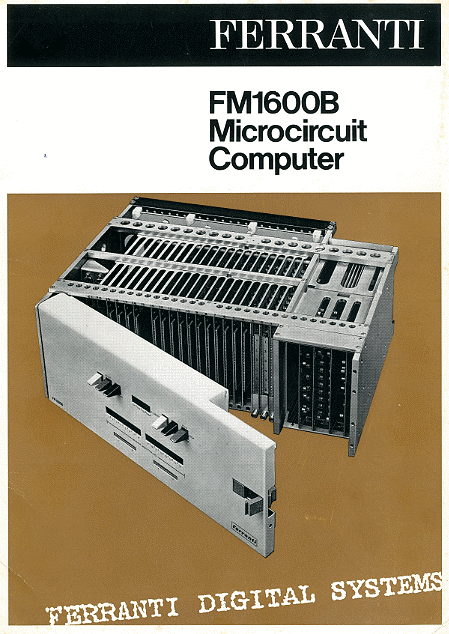 I remember reading then that the Pegasus first went into production by Ferranti in 1949,
and it was based on the Manchester University Mk1. This in turn was designed by guys like Bill Tutte and Alan Turing,
who went there after the war, after working at Bletchley Park on Colossus to break the German
Enigma code.
I remember reading then that the Pegasus first went into production by Ferranti in 1949,
and it was based on the Manchester University Mk1. This in turn was designed by guys like Bill Tutte and Alan Turing,
who went there after the war, after working at Bletchley Park on Colossus to break the German
Enigma code.
I remember the Pegasus to have a "RAM" of 55 39-bit words. Each of these
was a card, with a valve, circulating the 39 bits around a nickel delay line.
It also had a rotating drum memory - which was massive - a capacity of KILO bytes !
You looked at memory contents with a 55 position rotating switch on the control panel,
and an oscilloscope showing the selected train of 39 bits as pulses.
Occasionally the computer would crash, and the cause often turned to be a dirty edge
connector on one of those 55 cards in the cabinet behind the control panel.
You turned the rotary switch, until you saw a bit flickering. You then counted
to that card, pulled it out, rubbed the edge connector with a rubber (sorry
- I think you Americans call them "erasers") and put the card back in.
It always "booted up" just fine.
In those days, the bootstrap was a
process of putting in the right sequence of patterns on the switches at the front.
I remembered doing this on the 1960s vintage military computers back at work,
until the leap - forward in technology - a rotary switch that you turned to put in the sequence.
All burnt into memory since then, of course.
I remember that the Pegasus had quite
a lot of good software available in the 1960s, despite how austere the hardware was.
Hardware has made amazing leaps and bounds since those early days,
but in may ways, software has not advanced at all.
.... the above are my old words from my
History page, but here are some written in March 2018 ...
 People have always been more important to me than computers.
e.g.
Bert Davies
who, during the first three years, would give his son Alan and I a lift
to Chiswick, from where we lived in Luckley Rd Wokingham.
It was only the final year that I stayed in the Hall of Residence.
People have always been more important to me than computers.
e.g.
Bert Davies
who, during the first three years, would give his son Alan and I a lift
to Chiswick, from where we lived in Luckley Rd Wokingham.
It was only the final year that I stayed in the Hall of Residence.
But one computer has a special place in my heart:
the Ferranti FM1600B.
During my 6 month "Industrial Training" periods at Ferranti, I went through the usual departments,
including Apprentice Training School, Workshops, Wiring Shop, Drawing Office, Laboratories,
and Software Department.
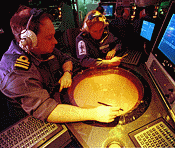 The FM1600B was the new Ferranti computer that found it's way into many systems, including the CAAIS
for the Royal Navy Frigates, which I worked on after graduation.
The FM1600B was the new Ferranti computer that found it's way into many systems, including the CAAIS
for the Royal Navy Frigates, which I worked on after graduation.
In Mike Scotts lab, I worked on testing the prototype of the FM1600B, built from Fairchild flatpacks.
By the time I was in my final year at City University, the FM1600B was in production, builot using
Ferranti Integrated Circuits and Multi Layer Circuit boards.
It turned out that my tutor was on the lookout for something to replace the Pegasus. I said the right thing:
that it could do a fast shift in one third of a micro-second. I was soon handing over sales info,
and found myself being introduced to "wining and dining" by Ferranti Sales. I used this new experience
to my advantage in dating June ;-)
After graduation I worked on CAAIS, first doing all the NATO data link software, then finishing that for radar tracking.
Those were the days when a software team of six would complete a complex project in two years.
In later years, smaller projects would use hundreds of software engineers, over more years, and still
not be completed to the customers satisfaction. That's a Grumpy Old Man speaking ;-)
Something similar happened when I applied for a job for SHAPE Technical Centre in Holland in 1971.
It turned out they had just aquired an FM1600B, so that may have been why they recruited me
for a higher paid job of NATO Scientist than the one that I had applied for ! :-)
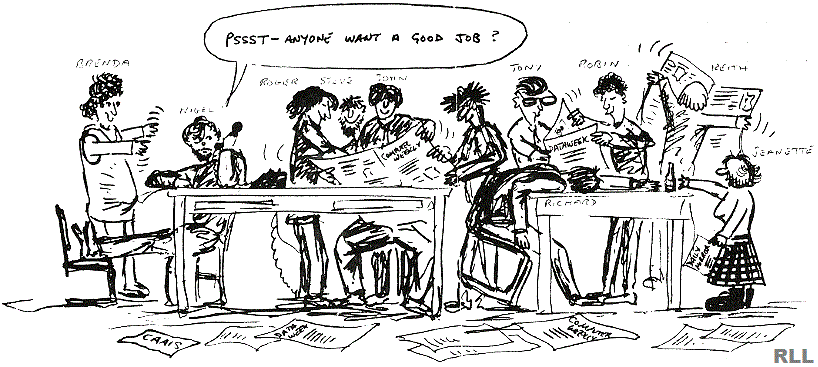
50th Anniversary of City University - some photos from April 2018 :-)
Robin made a mistake in 2018 with the invitation process, but was made very welcome when he turned up,
then explained that he graduated in 1969, not 1968 ! :-)
But scroll on down past these photos to those taken a year later, when he actually got to meet fellow students, 50 years older
- and wiser ? :-)
What a lovely day, with hot sunny weather, and superb hosting and new friends. Scroll down to see. This will have to do for now :-)
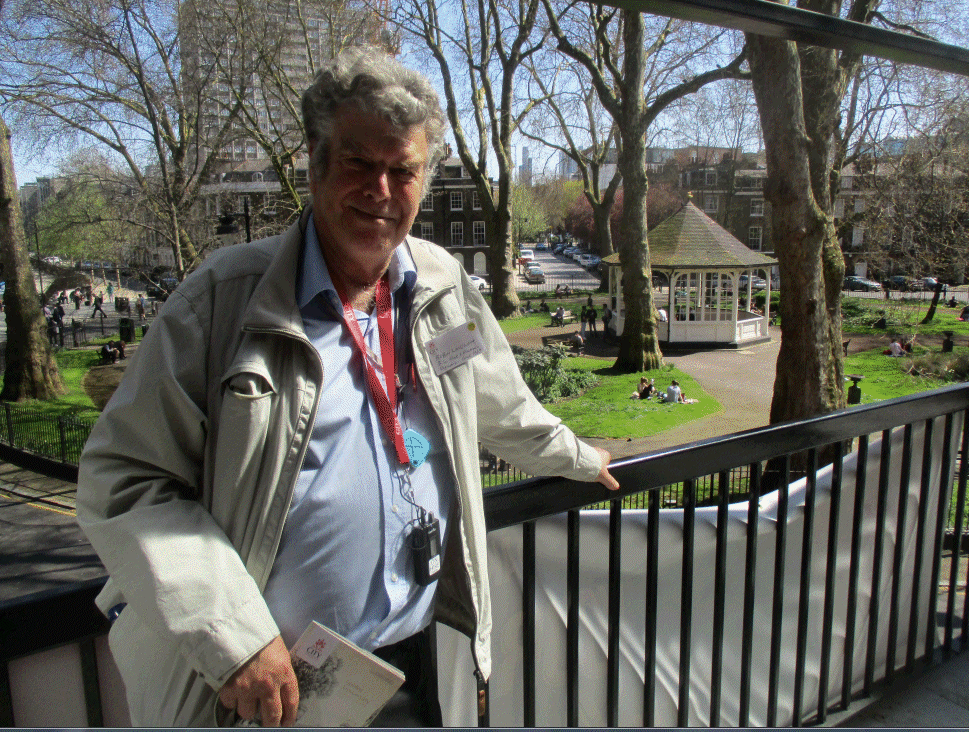
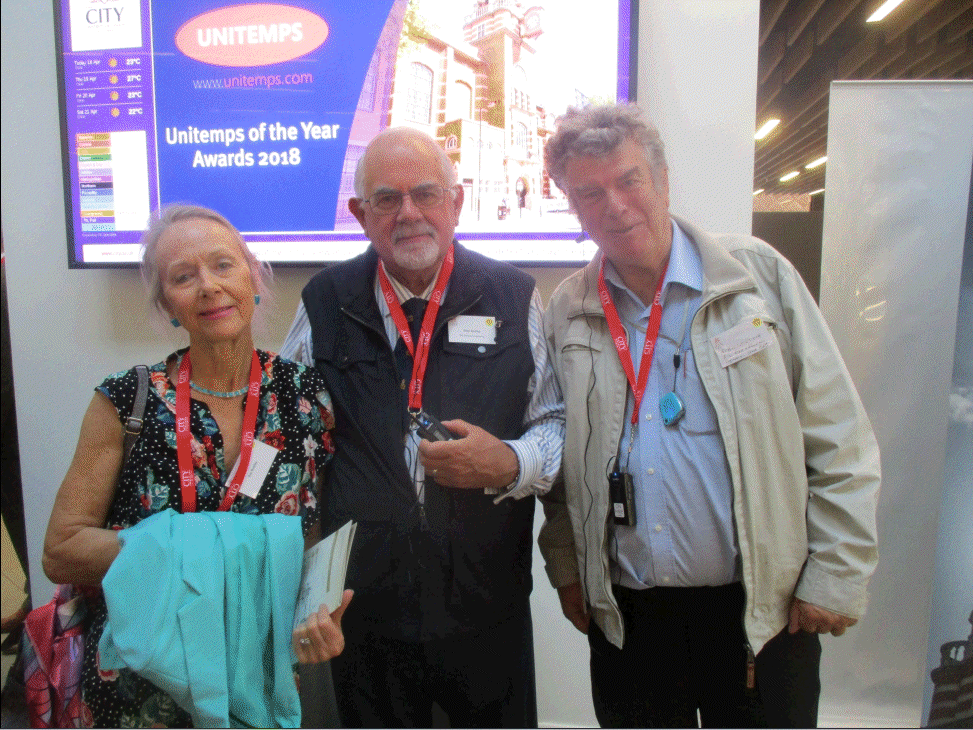


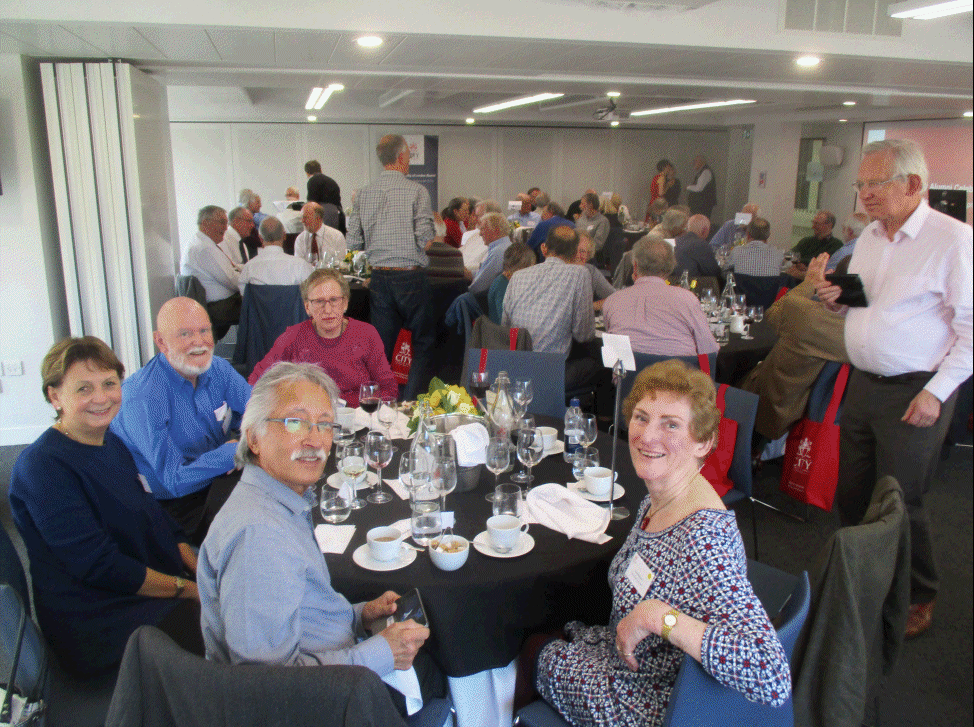

Thanks for these pictures taken by the official photographer, and uploaded by the organisers to Facebook and Twitter ...

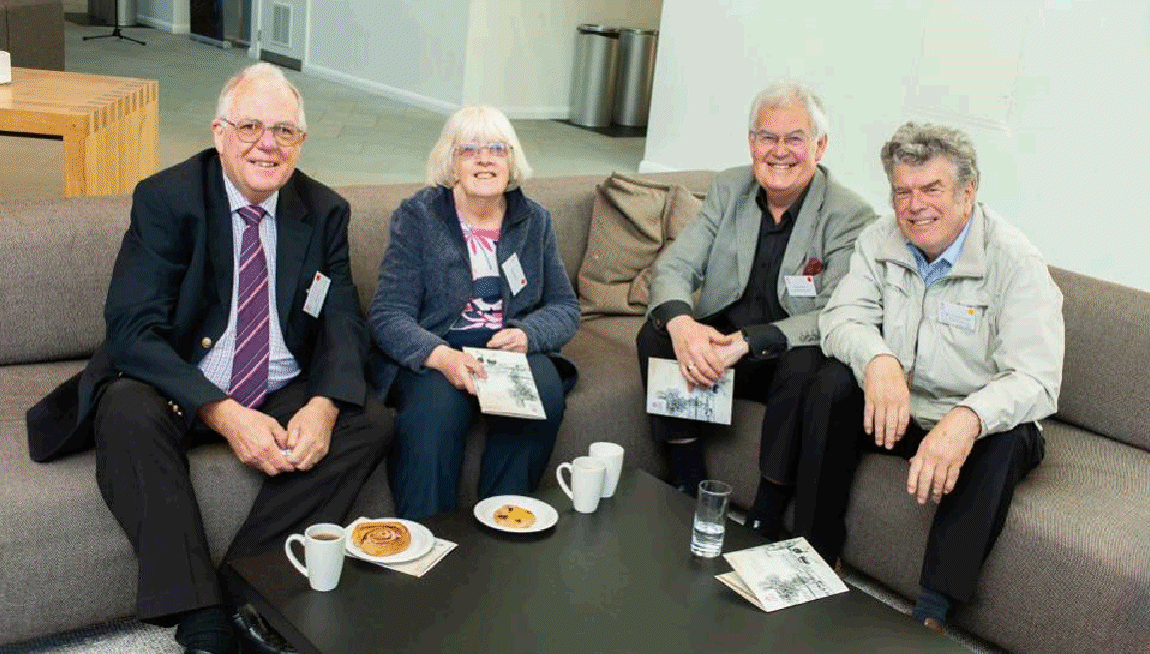
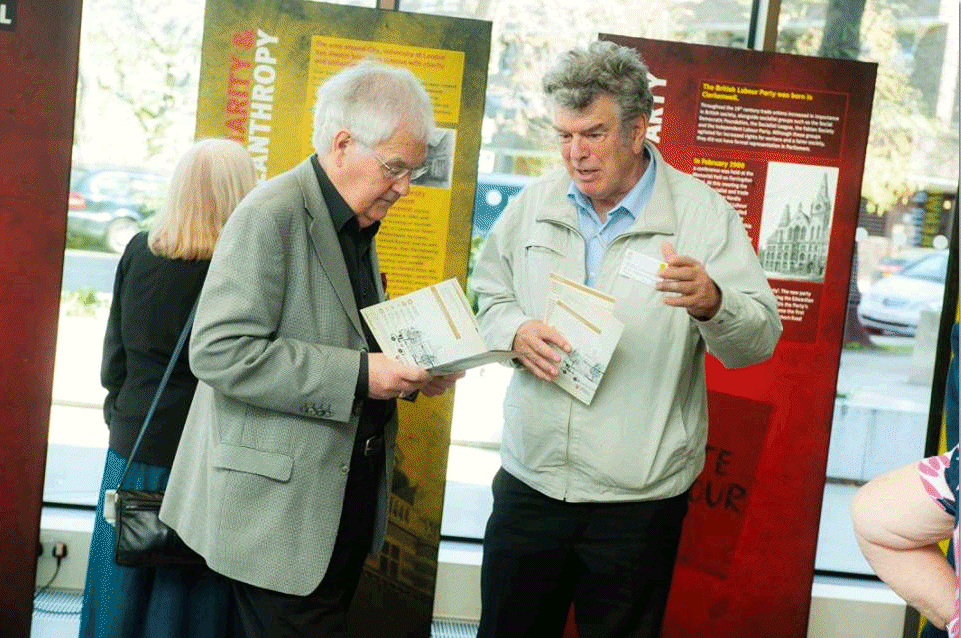

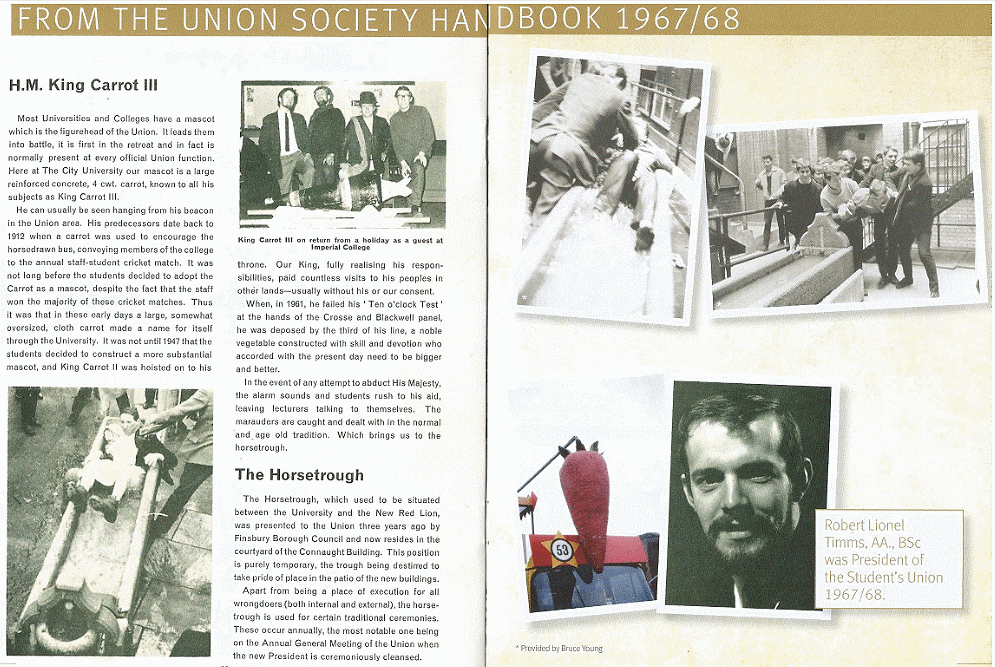
50th Anniversary of City University - some photos from April 2019 :-)
The photos above were put up in April 2018, but these below are from Wednesday 10th April 2019,
when Robin got to see some of his classmates from the year that graduated in 1969.
Robin's long-suffering wife June was unable to attend, as a guest, but Robin was delighted
when Antoine accepted the invitation to lunch. Robin got to chat up a lady robot,
and pick the lock to that gold mace thingy.
Click on pictures to enlarge - if you dare :-)

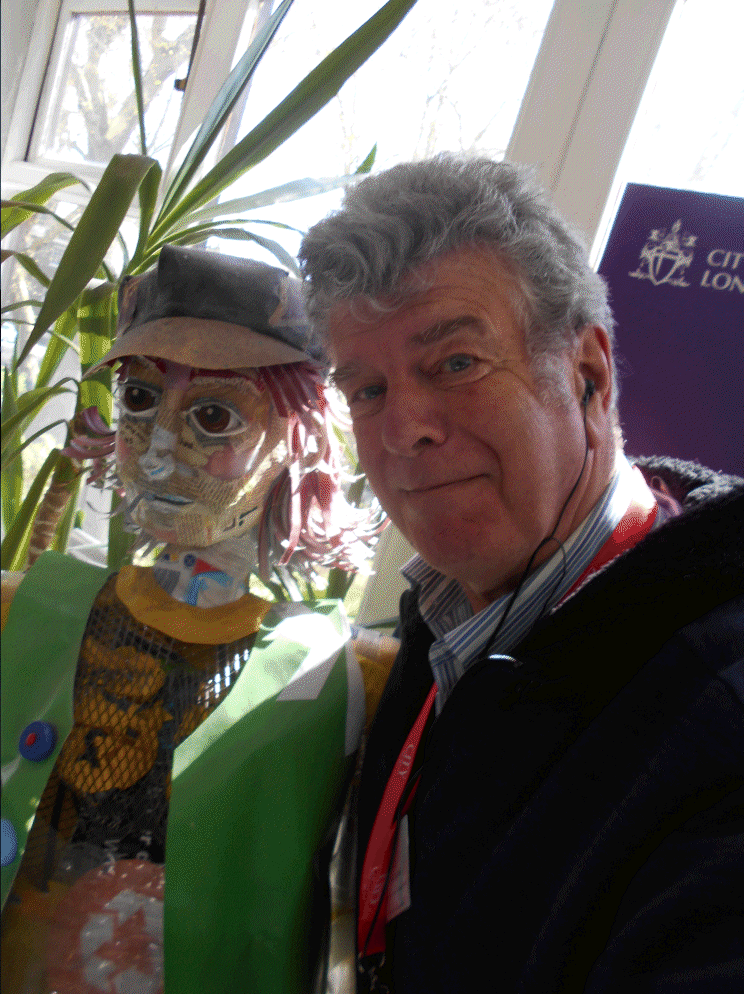
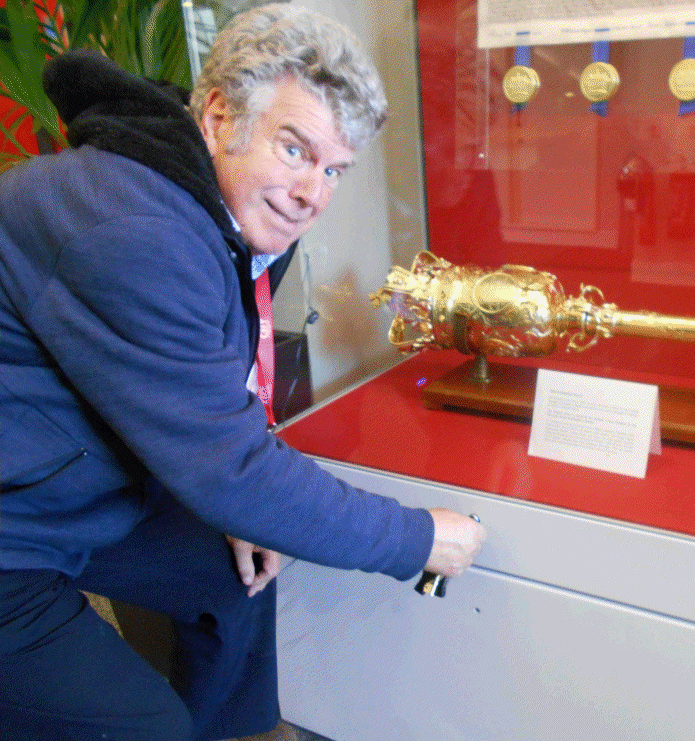

You will find may more lovely photos on
https://www.flickr.com/photos/cityuniversity/sets/72157704597602652
from City University's photographer. Here are several ...
.
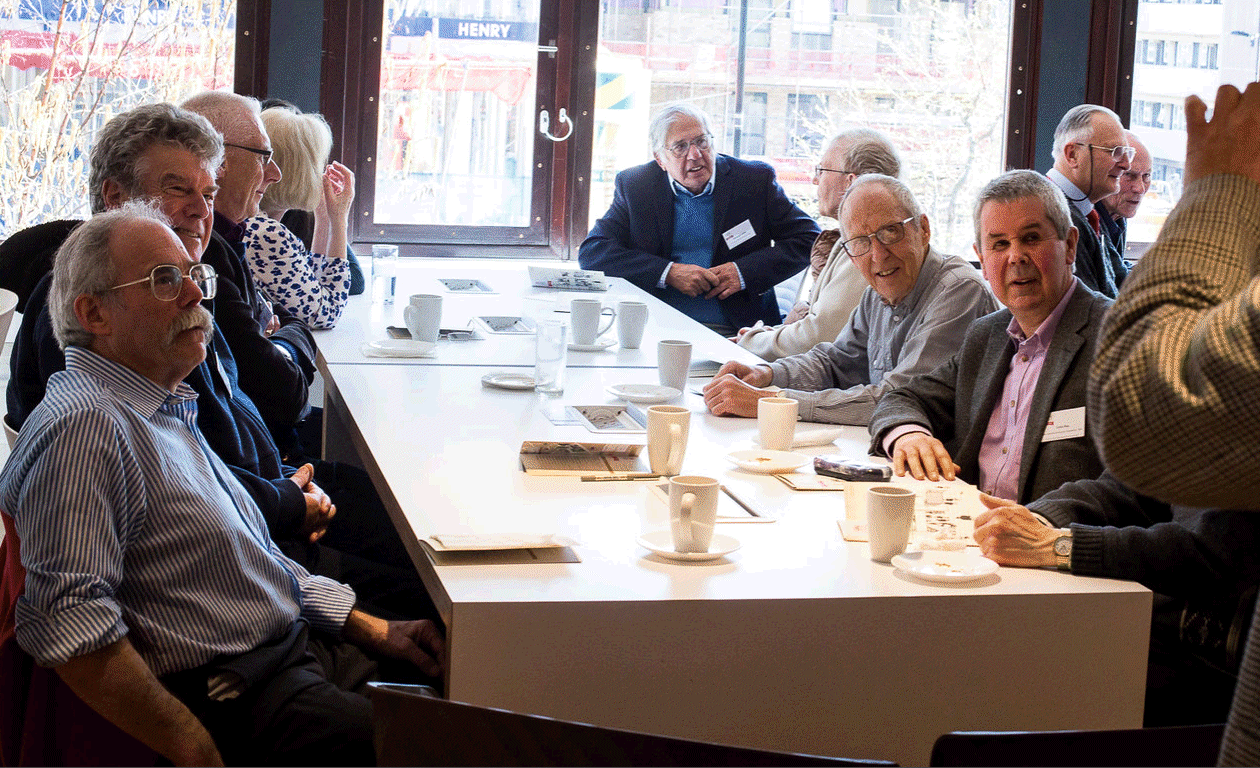
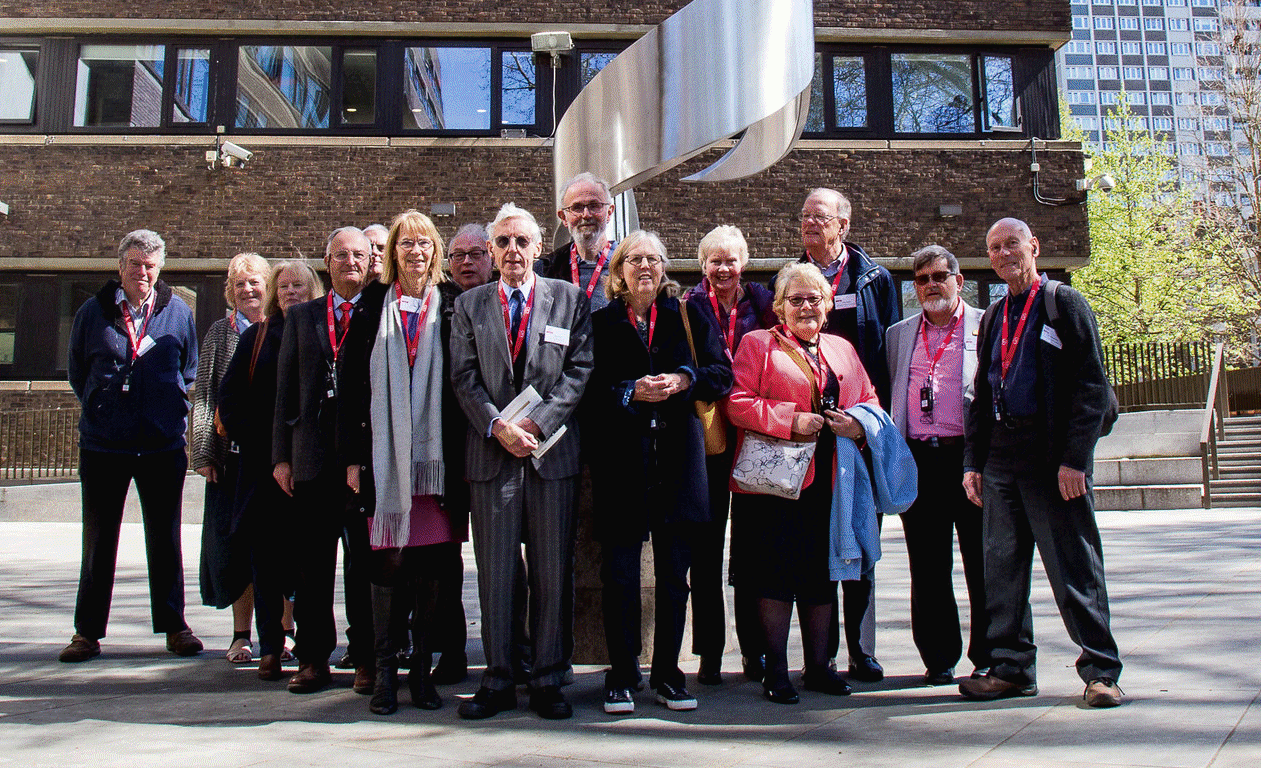

This put Robin in contact with a small group who meet more regularly. Here is a photo from Sam, on the left
of the photo, taken in London on Thursday 20th June 2019.
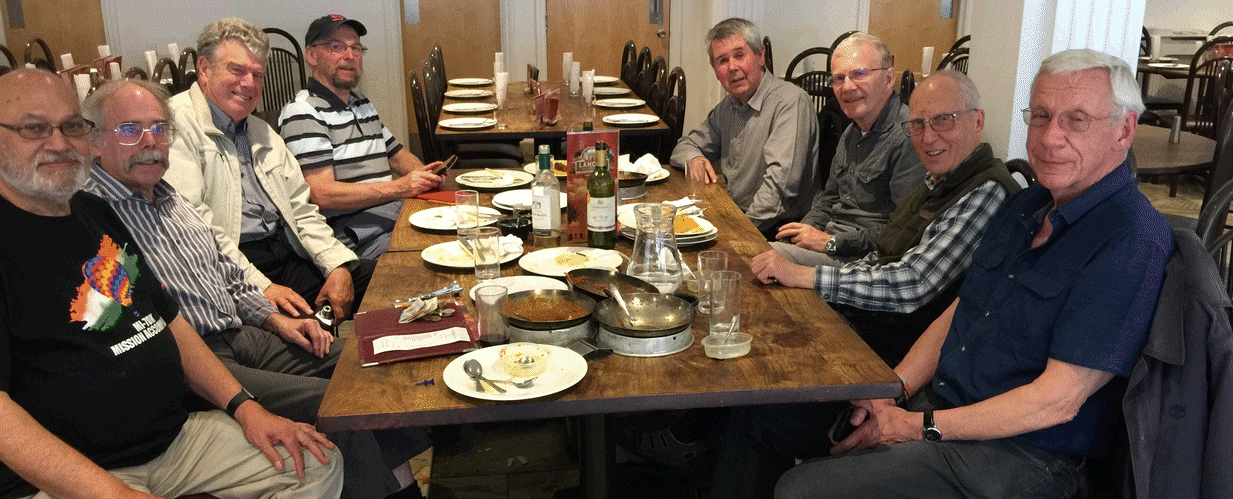
© 1965-2019 Robin Lovelock - some photos his copyright ;-)
Robin Lovelock, 22 Armitage Court, Sunninghill, Ascot, Berks SL5 9TA, United Kingdom. 01344 620775. 07736 353 404.
There have been
 visits to gpss.co.uk counted by
Web Counter
. These visit counters are explained near the end of Robin's
Snoopy
page.
visits to gpss.co.uk counted by
Web Counter
. These visit counters are explained near the end of Robin's
Snoopy
page.







![]()
![]()
![]()
![]()
![]()
![]()
![]()
![]()
![]()
![]()
![]()
![]()
![]()
![]()
![]()

 From Robin Lovelock:
I officially retired in 2012, but my wife June says that I retired 10 years before ! GPSS.co.uk began in 1995
for my GPS Software business - now a hobby.
Millions of copies of GPSS were distributed on PC Magazine CD.
10,600 + people in 150 countries contacted me then used GPSS.
SatNav was not easily available then, and GPSS did much more. e.g. RDF, AVL, and Chase.
GPSS speaks your language. e.g. Russian or Japanese.
Some of my pages are old, and some are updated.
e.g. Snoopy's attempts to cross the Atlantic from UK to USA, every year since 2012.
See
Snoopy's Robot Sailing Boat
or click on the changing picture to the right.
Since 2002, I maintain the
NHSCare.info Coughlan Campaign Charity site,
helping people in the UK to use the Law to get
free long term care from the NHS, and not have to pay for the care home.
I also have inside knowledge
into UK NHS mental health treatment.
See my
Grumpy
page, with my personal views on World events.
Much of GPSS.co.uk has changed little over more than 20 years.
Since I retired, I'm too busy for paid work.
Visit my
Bigger Picture
page, to see how we spend time.
e.g.
Hobbies
and
Holidays
:-)
From Robin Lovelock:
I officially retired in 2012, but my wife June says that I retired 10 years before ! GPSS.co.uk began in 1995
for my GPS Software business - now a hobby.
Millions of copies of GPSS were distributed on PC Magazine CD.
10,600 + people in 150 countries contacted me then used GPSS.
SatNav was not easily available then, and GPSS did much more. e.g. RDF, AVL, and Chase.
GPSS speaks your language. e.g. Russian or Japanese.
Some of my pages are old, and some are updated.
e.g. Snoopy's attempts to cross the Atlantic from UK to USA, every year since 2012.
See
Snoopy's Robot Sailing Boat
or click on the changing picture to the right.
Since 2002, I maintain the
NHSCare.info Coughlan Campaign Charity site,
helping people in the UK to use the Law to get
free long term care from the NHS, and not have to pay for the care home.
I also have inside knowledge
into UK NHS mental health treatment.
See my
Grumpy
page, with my personal views on World events.
Much of GPSS.co.uk has changed little over more than 20 years.
Since I retired, I'm too busy for paid work.
Visit my
Bigger Picture
page, to see how we spend time.
e.g.
Hobbies
and
Holidays
:-)









 from Robin in January 2013: I'll not change those words from many years ago, immediately above :-)
I recently found myself typing these words below, to another "old boy",
in the USA, who contacted me after hearing of my daft robot boat escapades.
It seemed a shame not to put them below, here on my "history" page - even if the history is a bit ancient !
The picture on the right was taken at The Science Museum, London, when I attended a talk on ancient military computers,
by our old boss who I hadn't seen for over 40 years.
from Robin in January 2013: I'll not change those words from many years ago, immediately above :-)
I recently found myself typing these words below, to another "old boy",
in the USA, who contacted me after hearing of my daft robot boat escapades.
It seemed a shame not to put them below, here on my "history" page - even if the history is a bit ancient !
The picture on the right was taken at The Science Museum, London, when I attended a talk on ancient military computers,
by our old boss who I hadn't seen for over 40 years.
 I remember reading then that the Pegasus first went into production by Ferranti in 1949,
and it was based on the Manchester University Mk1. This in turn was designed by guys like Bill Tutte and Alan Turing,
who went there after the war, after working at Bletchley Park on Colossus to break the German
Enigma code.
I remember reading then that the Pegasus first went into production by Ferranti in 1949,
and it was based on the Manchester University Mk1. This in turn was designed by guys like Bill Tutte and Alan Turing,
who went there after the war, after working at Bletchley Park on Colossus to break the German
Enigma code.

 The FM1600B was the new Ferranti computer that found it's way into many systems, including the CAAIS
for the Royal Navy Frigates, which I worked on after graduation.
The FM1600B was the new Ferranti computer that found it's way into many systems, including the CAAIS
for the Royal Navy Frigates, which I worked on after graduation.




















